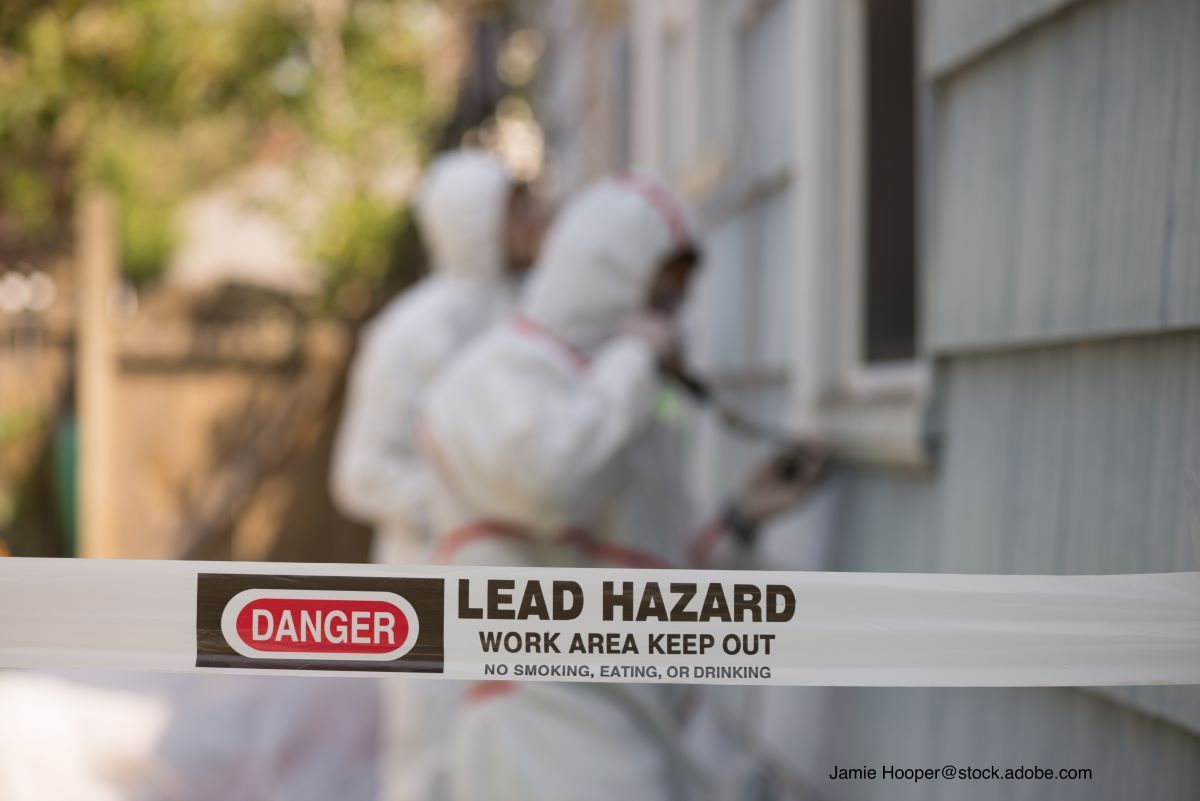
No level of exposure to lead is safe and predicting exposure can be difficult. An investigation assesses the effectiveness of a machine learning model in predicting lead exposure.
There is no level of lead exposure that is without risk. Exposure to lead in childhood leads to irreversible neurodevelopmental deficits, which sets children up for a lifetime of suboptimal outcomes. Unfortunately, lead exposure prevention is only secondary in nature. An investigation in JAMA Network Open assesses whether a machine learning model was better than regression in predicting childhood lead poisoning.1
Researchers ran a prognostic study that used data from the Special Supplemental Nutrition Program for Women, Infants, and Children (WIC) program linked to the Chicago Department of Public Health. The participants came from a development cohort of children and a validation WIC cohort. Blood lead levels were assessed until December 2018.
There were 6812 children in the WIC validation cohort, which was comprised of mostly Hispanic and non-Hispanic Black children. The median year for house construction in the cohort was 1919. The machine learning prediction model’s area under the curve was 0.69, whereas the logistic regression’s area under the curve was 0.64 (difference, 0.05; 95% CI, 0.02-0.08). When the models were used to predict the 5% of children who were at the highest risk of having elevated blood lead levels, the machine learning model had a positive predictive value of 15.5% and the regression had a predictive value of 7.8% (difference, 7.7%; 95% CI, 3.7%-11.3%). In this same group, the sensitivity was 16.2% for machine learning and 8.1% for the regression (difference, 8.1%; 95% CI, 3.9%-11.7%) and the specificity was 95.5% and 95.1%, respectively (difference, 0.4%; 95% CI, 0.0%-0.7%)
The investigators concluded that the machine learning model was better at predicting childhood lead poisoning than regression. The machine learning was particularly good at identifying children who were at the highest risk of being exposed to lead. The findings are particularly important because many agencies have limited resources to proactively prevent lead exposure. The study’s results indicate that predicting lead exposure is difficult, but utilizing the machine learning model could help agencies use proactive measures to prevent exposure among children who are at the greatest risk.
Reference
1. Potash E, Ghani R, Walsh J, et al. Validation of a machine learning model to predict childhood lead poisoning. JAMA Netw Open. 2020;3(9):e2012734. doi:10.1001/jamanetworkopen.2020.12734
"machine" - Google News
September 19, 2020 at 03:10AM
https://ift.tt/2HdD5ka
Predicting lead exposure with a machine learning model - Contemporary Pediatrics
"machine" - Google News
https://ift.tt/2VUJ7uS
https://ift.tt/2SvsFPt
Bagikan Berita Ini















0 Response to "Predicting lead exposure with a machine learning model - Contemporary Pediatrics"
Post a Comment